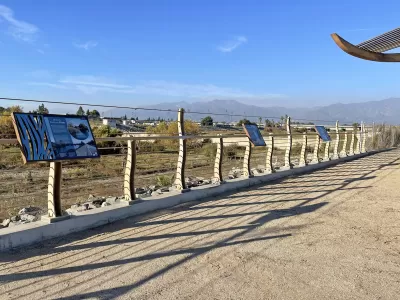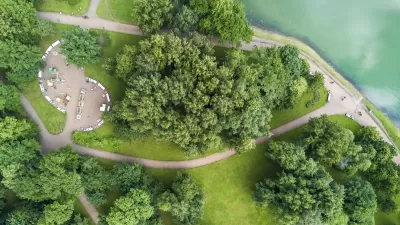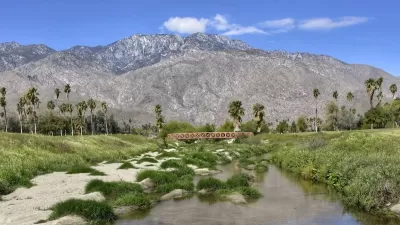The opening of the San Gabriel River Park expands access to green spaces for residents in the San Gabriel Valley, especially for Avocado Heights and other park-poor communities in the area.

The grand opening of the San Gabriel River Park was celebrated on June 8, 2024, marking a major milestone in the region's efforts to create more green spaces. The event featured a variety of activities, including folklorico dancers, face painting, guided walks, food trucks, and animal presentations. Local organizations such as Active SGV and the National Audubon Society also participated. Los Angeles County Supervisor Hilda Solis emphasized that the park is a step towards environmental justice and equity, providing much-needed open space to underserved communities and improving the lives of thousands of residents in the San Gabriel Valley.
The 30-acre park, previously a duck farm, is part of the Emerald Necklace Greenway network, which connects ten cities in the San Gabriel Valley through a 17-mile loop of parks. The park offers numerous amenities, including picnic areas, biking and walking trails, a river overlook plaza, wildflower meadows, a native plant demonstration area, and a bioswale area. The new park is an oasis for the area's park poor communities, promoting outdoor activities and environmental education.
The project is the result of decades of perseverance and collaboration among various organizations and community leaders. Norma E. García-González, Director of the Los Angeles County Department of Parks and Recreation, highlighted the collective effort that made the park a reality. The park is being developed in multiple phases, with the first phase just opened and the next phase being the opening of a nature center for educational programs. The San Gabriel River Park is envisioned as a lasting gift to future generations, promoting nature appreciation, and community well-being.
FULL STORY: New San Gabriel River Park adds to effort for more ‘rewilding’ space in the region

Trump Administration Could Effectively End Housing Voucher Program
Federal officials are eyeing major cuts to the Section 8 program that helps millions of low-income households pay rent.

Planetizen Federal Action Tracker
A weekly monitor of how Trump’s orders and actions are impacting planners and planning in America.

Ken Jennings Launches Transit Web Series
The Jeopardy champ wants you to ride public transit.

How Project Connect Would Change ‘The Drag’
A popular — and sometimes deadly — Austin road will exchange car lanes for light rail.

Milwaukee Road to Get Complete Streets Upgrades
The city will reduce vehicle lanes and build a protected multi-use trail including bioswales and other water retention features on its ‘secret highway.’

Tackling Soil Contamination With Nature-Based Solutions
Los Angeles County residents and experts are turning to nature-based methods like bioremediation to address long-standing and fire-exacerbated soil contamination without resorting to costly and disruptive removal.
Urban Design for Planners 1: Software Tools
This six-course series explores essential urban design concepts using open source software and equips planners with the tools they need to participate fully in the urban design process.
Planning for Universal Design
Learn the tools for implementing Universal Design in planning regulations.
Ada County Highway District
Clanton & Associates, Inc.
Jessamine County Fiscal Court
Institute for Housing and Urban Development Studies (IHS)
City of Grandview
Harvard GSD Executive Education
Toledo-Lucas County Plan Commissions
Salt Lake City
NYU Wagner Graduate School of Public Service





























